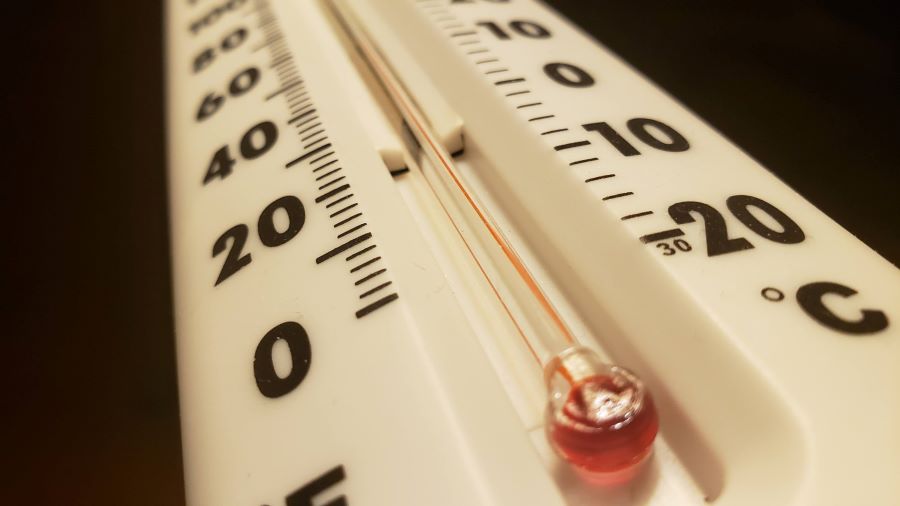A Grain of Wisdom: The Legend of Compounding
One of the most famous historical examples of the compounding effect comes from the legend of chess and grains of wheat, often attributed to ancient India.
Once upon a time, there was a wise and benevolent ruler in ancient India who loved to play chess. One day, a humble farmer from his kingdom presented himself before the ruler and offered to teach him the game of chess. Impressed by the farmer's skills, the ruler asked what reward he desired in return.
What are the highest and lowest temperatures on our planet
The highest temperature ever recorded on Earth was 134 degrees Fahrenheit (56.7 degrees Celsius), measured on July 10, 1913, in Furnace Creek Ranch, Death Valley, California, USA. This record-breaking temperature makes Death Valley one of the hottest places on Earth.
Quick guide to convert between Fahrenheit and Celsius
Fahrenheit and Celsius remain the two most widely used temperature scales globally, each with its own advantages and applications. Let's explore how to quickly convert one to another.

To convert Fahrenheit to Celsius:
Applications of Temperature Units in Various Industries
Let's explore how temperature units are used across different sectors.
Healthcare:
In healthcare settings, temperature measurement is crucial for diagnosing illnesses, monitoring patients' conditions, and assessing treatment effectiveness. Body temperature is typically measured in Celsius, with normal body temperature around 37 degrees Celsius (98.6 degrees Fahrenheit). Thermometers used in healthcare settings often provide readings in both Celsius and Fahrenheit to accommodate different preferences and standards.
How does GPS calculate distances
GPS (Global Positioning System) calculates distances using a technique called trilateration, which relies on precise measurements of time and the speed of light. Here's how it works:
How far is a light-year?
A light-year is the distance that light travels in one year in a vacuum. It's a unit of length used in astronomy to measure vast distances across space. Light travels at a speed of approximately 299,792 kilometers per second in a vacuum. So, over the course of one year, light covers a distance of roughly 9.461 trillion kilometers (or about 5.879 trillion miles). This immense distance helps astronomers measure distances between stars, galaxies, and other celestial objects in the universe.
The metric system vs. Imperial system: Advantages, Disadvantages, and Impact on Society
The debate between the metric system and the Imperial system is complex, and opinions vary on whether one system makes the world better or leads to confusion. Here are some arguments for both sides:
Metric System:
How long is a nanometer
A nanometer is a unit of length equal to one billionth of a meter, or 0.000000001 meters. To put it in perspective, a nanometer is incredibly small. For example, the width of a DNA double helix is approximately 2 nanometers, and the diameter of a typical virus particle ranges from about 20 to 400 nanometers. Nanotechnology deals with structures and devices on the scale of nanometers, showcasing the precision and minuteness of this unit of measurement.
What is a meter and how is it defined
A meter is a fundamental unit of length in the International System of Units (SI). It is used to measure distances, lengths, heights, and widths in various contexts, from everyday activities to scientific research.
The meter is defined as the distance traveled by light in a vacuum during a time interval of 1/299,792,458 of a second. This definition was established in 1983 by the 17th General Conference on Weights and Measures (CGPM) to replace the previous definition based on a physical prototype.
